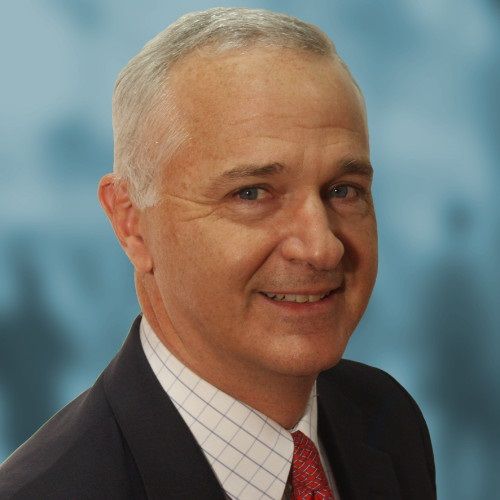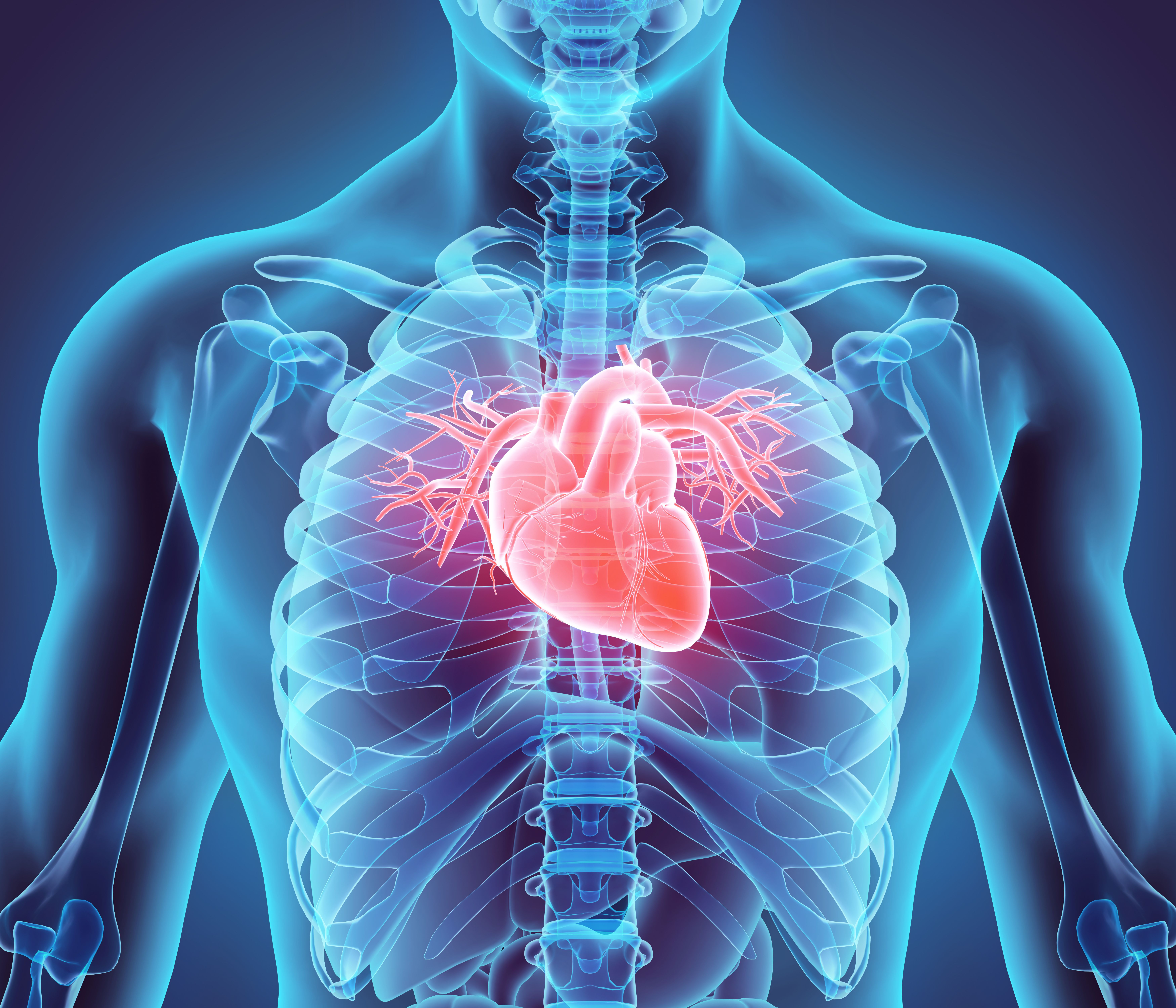News
Article
Relieving physician burnout: Introducing NIOSH and how it can help
Author(s):
The director of the National Institute for Occupational Safety and Health discusses its role in creating a healthy workplace for health care workers.
© Maridav - stock.adobe.com

More federal lawmakers are calling for money for programs to alleviate burnout for physicians and other clinicians.
In the meantime, a federal agency is working with the national foundation dedicated to that cause.
This year, the National Institute for Occupational Safety and Health (NIOSH) published the Impact Wellbeing Guide. It is a free online resource with six steps for hospital and health care system leaders to create long-term plans and promote workplace practices that contribute to worker wellness.
John Howard, MD, MPH, JD, LLM, MBA
© National Institute for Occupational Safety and Health

John Howard, MD, MPH, JD, LLM, MBA, is in his third term as director of NIOSH. He is board-certified in internal medicine and occupational medicine. Working under the U.S. Centers for Disease Control & Prevention, NIOSH is a research agency that focuses on worker safety.
This year NIOSH is working with the Dr. Lorna Breen Heroes’ Foundation to promote the Impact Wellbeing Guide. This spring, Howard discussed the institute and its role in alleviating burnout for physicians and other health care workers.
The next version of the Dr. Lorna Breen Health Care Provider Protection Act remains pending in Washington. This month, a group of lawmakers wrote to their fellows calling for full funding for the act in the fiscal year 2025 appropriations bill for Labor, Health and Human Services, Education, and related agencies.
This transcript has been edited for length and clarity.
Medical Economics: Many of our readers are familiar with NIOSH, but for those who may not be, can you introduce the institute?
© NIOSH/Dr. Lorna Breen Heroes' Foundation

John Howard, MD, MPH, JD, LLM, MBA: Our acronym stands for the National Institute for Occupational Safety and Health, and it says at all. We're for occupational safety and health. Primarily, we do research in that area, generating new knowledge in occupational safety and health, and then importantly, transferring that knowledge to employers, to workers, to labor advocates, to practitioners, to academicians and others who are in the various industry sectors. We're talking today about the health care sector, but we cover all industry sectors in terms of our research, whether it be mining or construction or manufacturing, or retail sales. And we do our research, trying to look to the future – what is going to be the future of work? That's a primary emphasis of us. We're 54 years old, we started in 1970, in the Occupational Safety and Health Act of 1970, which gave birth to OSHA, which is the enforcement and standard-setting arm of the federal occupational safety and health world. And then we're the research arm, so we support both OSHA and the Mine Safety and Health Administration called MSHA. So, our big job is to do research and to develop recommendations for folks in various industry sectors.
Medical Economics: Is physician burnout, getting the attention it deserves from health care administrators, from the public, from those federal government agencies?
John Howard, MD, MPH, JD, LLM, MBA: Well, it's a hard question to answer. You know, from my perspective, more attention means more attention on the very important problem and I think that we don't have enough attention now. We're just beginning our journey with the Dr. Lorna Breen Heroes Foundation and other partners, the surgeon general of the United States, for instance, the National Academy of Medicine. So, I would say no, not yet. I don't think we have the attention, but we hope to achieve that in what all of us are doing in partnership. We just had recently an important meeting with the National Academy of Medicine and we've gotten them on board and we hope that all of our partners can continue to work through the next few years to be able to really get our launch down where it matters: in each American hospital and in the workforce in those hospitals.
Medical Economics: How do you envision the role of NIOSH in improving workplace conditions that may be contributing to burnout for physicians and other clinicians?
John Howard, MD, MPH, JD, LLM, MBA: Well, the first step that we do is try to identify the problem, what are the characteristics of the problem? And so we did what in CDC we call a Vital Signs research launch which we did a little while back, which sort of encapsulates the major issue that you already mentioned is that burnout is a central issue for health care workers. It's not gotten any better, and in fact, it's gotten worse. As we know ,before the pandemic we had health care worker burnout issues, anxiety, depression, suicide and other outcomes associated with burnout, leaving the profession for instance, and then the pandemic came and exacerbated physician, nursing, other health care workers, in terms of their ability to be able to perform well for all of us because we're all patients to a certain extent, and we need health care workers helping all of us. So, I think that what our research showed is that burnout became a real significant issue in the health care workplace once the pandemic came, and I'm not 100% sure that we're over some of the issues associated with burnout, that got exacerbated during the pandemic.
This spring, NIOSH announced the Institute and the Dr. Lorna Breen Heroes’ Foundation hosted a three-part virtual workshop series to dive deeper into the Impact Wellbeing Guide, which helped hospital leaders better understand how the Guide can be used to accelerate professional wellbeing efforts. The workshop series, which will be available to view on the Impact Wellbeing website, walked participants through each of the Guides’ six actions and featured leaders from organizations nationwide who shared their real-world experiences implementing wellbeing work that aligned to the Guide.
The campaign offers resources for healthcare workers including, tips for discussing mental health and burnout with peers, and ways to advocate for the use of the "Impact Wellbeing Guide" within their hospital.





